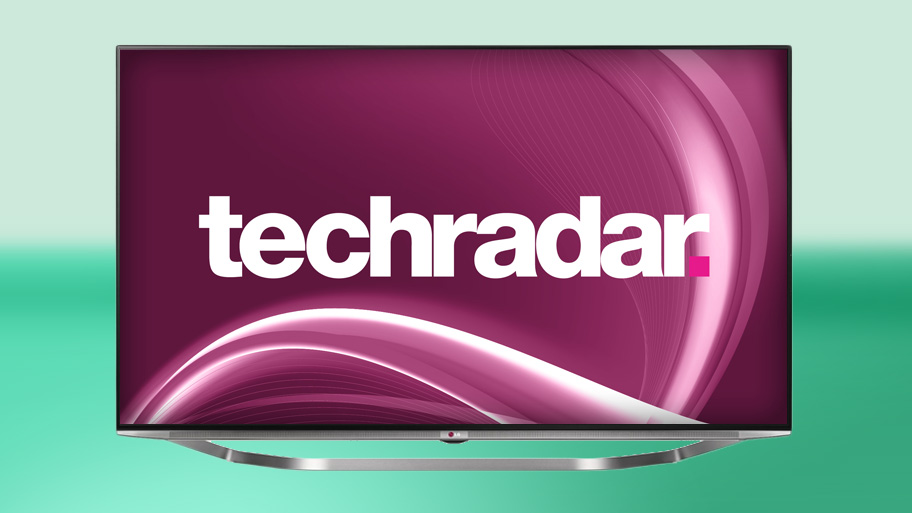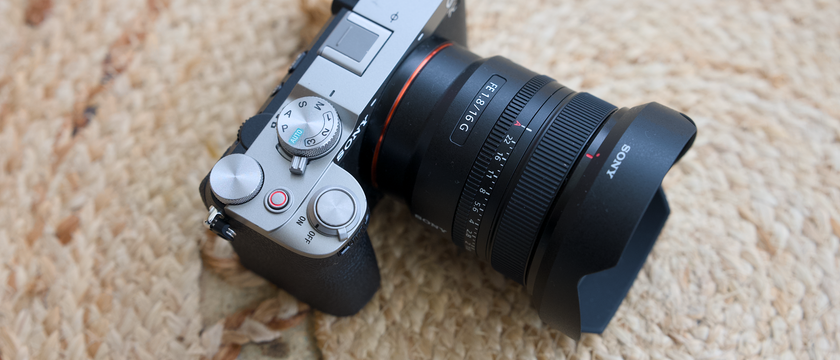Why you can trust TechRadar
There are times when the 55UB950V's pictures look nothing short of spectacular. But unfortunately there are also times where its pictorial wheels come off fairly badly.
Starting with the good stuff, the 55UB950V excels at the key job of delivering on the sharpness and detail promise of the UHD/4K format. Native 4K feeds – taken from a combination of a 4K video server and some footage shot on Panasonic's superb GH4 digital camera – look incredibly crisp, dense, textured and, for want of a better phrase, life like.
The delivery of 4K pixel density really does seem to mark the difference between feeling like you're watching a screen and feeling like you're looking at the real world.
Colours the 4K way
This stunning illusion isn't just down to the fact that you don't get a sense of any visible pixel structure or jagged edges in the 4K pictures. It's also because there's more finesse in the way colours are rendered due to the image having finer 'steps' with which to paint changing colours. Plus there's a greater sense of depth in large-scale shots thanks to the way the finer pixilation allows more detail to be resolved further into the distance before the flattening effects of blurring set in.
Of course, pixels alone do not a great picture make. So it's great to see LG really boosting its colour performance this year, giving full expression to that 4K colour finesse while simultaneously delivering a vibrant, well-saturated palette. What's more, despite this vibrancy colours don't tip over into looking overblown or cartoonish, even with skin tones.
The only colour issue I occasionally spotted was a slightly plasticky look to some skin tones when watching HD, but this seemed more down to a slight shortcoming in the TV's upscaling system than a problem with colour reproduction per se.
Motion reproduction
Yet more good news when it comes to being able to appreciate the benefits of 4K – even on a relatively small screen by 4K standards – is the 55UB950V's motion handling. This is hugely improved from previous LG generations, managing to tackle LCD's tendency to lose resolution over moving objects quite effectively without making the picture look too processed. This is an impressive feat when you consider how many pixels the TV is having to handle with its motion processing – especially when upscaling sub-4K sources.
I guess it is true to say, meanwhile, that the IPS panel inside the 55UB950V delivers on its wider viewing angle promise. Colour and contrast don't drop off quite as quickly as you move your viewing position down the TV's sides. However, you don't have to be at much of an angle before the flaws with LG's local dimming system start to look quite pronounced.
Local dimming issues
What are these local dimming flaws? Light bars. As in, stripes and rectangles of light that run the full height of the image around bright objects that appear against dark backgrounds. In other words, you can see too clearly the way the cluster of LEDs driving the part of the picture containing a bright object are being driven brighter than the clusters of LEDs driving the darker parts of the picture.
This problem becomes particularly distracting if you're watching a scene where the positions of very bright objects change regularly, as it results in obvious local light 'movement'.
So why not just turn the local dimming off, I hear you cry? Because if you do the picture's contrast performance takes a huge hit, leaving dark scenes having to appear through a very obvious grey mist that makes such scenes look unnatural and can obscure some shadow detailing.
IPS contrast woes
Basically, the problem with the local dimming system is that it has to work too hard to overcome the core contrast weakness of the IPS panel. This same 'working too hard' issue also finds the picture's overall light levels skipping about more drastically than we'd like in response to the changing light levels of whatever content you're watching.
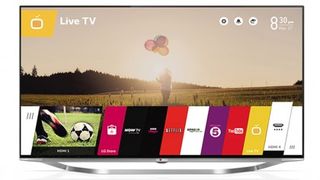
At this point it's important to stress that when you're watching the sort of bright footage that makes up the vast majority of typical TV broadcasts – including sports – the contrast problems I've been describing really aren't an issue. Instead you're free to enjoy all the many good things about the 55UB950V's pictures.
Suited to bright rooms
It's also true that the contrast problems aren't overt if you're watching TV in a fairly bright room. It's only when you turn the lights low that the lack of native contrast and backlight 'blocking' really become apparent. So LG could claim that for the majority of your normal TV viewing life you won't be perturbed by the contrast problems.
However, the fairly straightforward counter to this is that I've seen excellent rival UHD/4K TVs from Sony and Samsung that don't have any contrast problems, and so can be enjoyed in ANY room conditions with ANY types of content.
One other area where I think the 55UB950V loses out slightly to the best of the 4K competition is with its upscaling from standard def and HD to UHD. The processing does a very good job of preventing noise from infiltrating the upscaled pictures, but it doesn't make them look quite as sharp and detailed as Sony and Samsung's 4K sets. This is especially noticeable, as noted before, when it comes to the reproduction of skin tones – especially low-lit skin tones.
A 3D oddity
Popping on a pair of the comfortable and even quite stylish 3D glasses you get free with the 55UB950V, I was faced with arguably the strangest 3D pictures I've seen. For while parts of the picture looked great, the bottom right quadrant and bottom edge looked a mess thanks to the appearance of huge amounts of crosstalk. Bright objects in these areas of 3D images routinely suffer with heavy double ghosting noise, making these parts of the picture look unfocussed and your entire 3D viewing experience feel uncomfortable and distracting.
If you're watching something with subtitles along the bottom you'll find the crosstalk so bad you'll be lucky if you can actually make out the words.
The 3D good stuff
Elsewhere in the frame things look predominantly peachy. There's hardly any crosstalk – as we would normally expect with passive 3D technology – and it's also great to be able to watch 3D in a bright room without having to worry about the flickering associated with active 3D.
In the good parts of the picture it's also striking how colourful and bright 3D footage looks, while sharpness levels are impressive thanks to the way passive 3D is able to deliver a genuine full HD image from 3D Blu-rays, so you don't have any of the resolution compromise associated with passive 3D on HD TVs.
Had the whole of the 55UB950V's 3D frame looked as good as the top edge and top left quadrant, then I'd have been talking about one of the finest 3D performances ever. As it stands, though, I unfortunately have to say that the amounts of crosstalk on sections of the 55UB950V make 3D borderline unwatchable.
Recent discussions with LG about the issue have raised hopes that the brand's engineers might be able to fix it – or it could be that the issue only affected a particular early production run. At any rate, I'm hoping to receive a second sample soon, and will update this review if things have improved significantly.
Input lag
One final picture quality issue to discuss is input lag. And, as I've found before with LG's TVs, it's rather high on the 55UB950V – around 100ms. This is sufficient to reduce your gaming performance.
John has been writing about home entertainment technology for more than two decades - an especially impressive feat considering he still claims to only be 35 years old (yeah, right). In that time he’s reviewed hundreds if not thousands of TVs, projectors and speakers, and spent frankly far too long sitting by himself in a dark room.
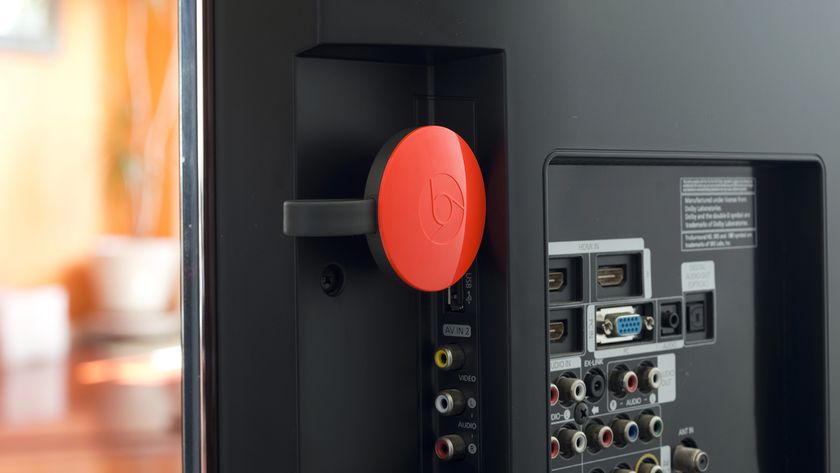

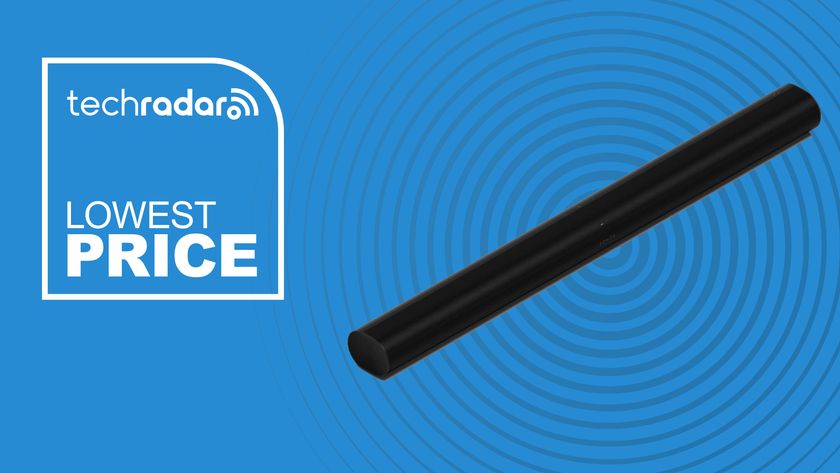
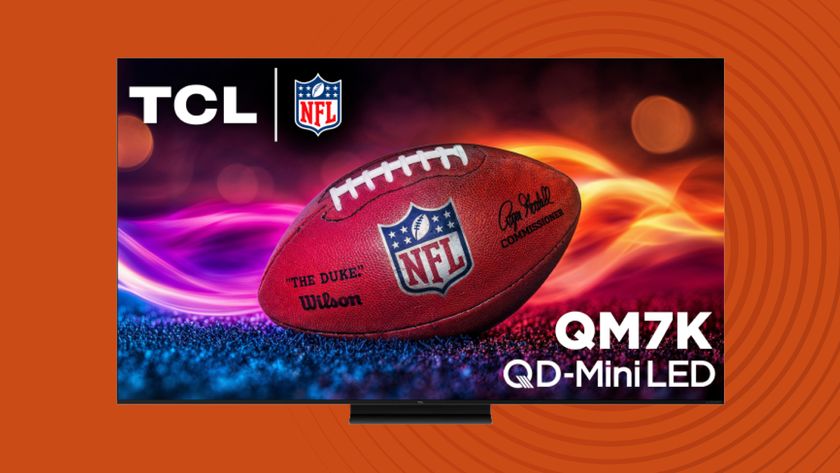
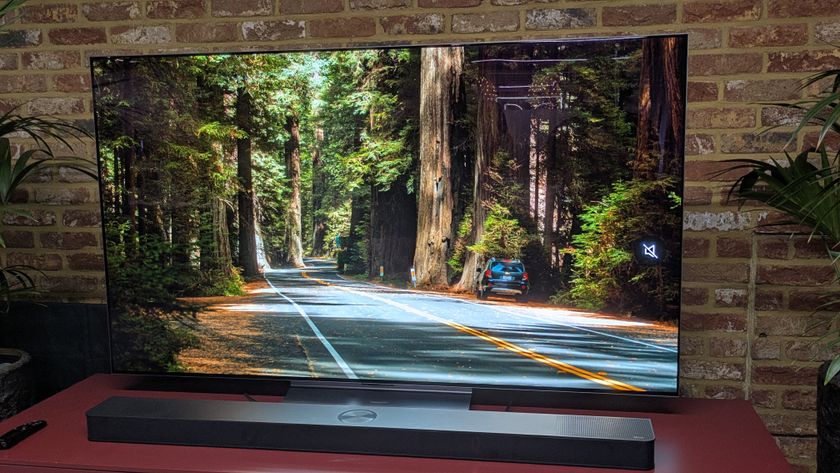




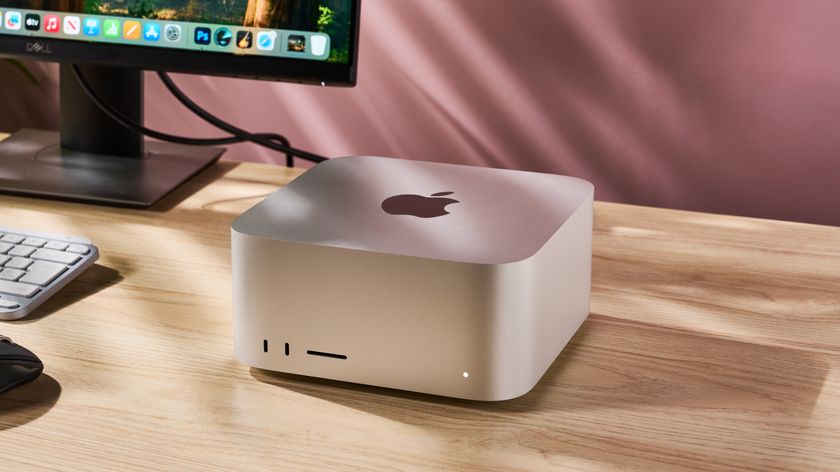


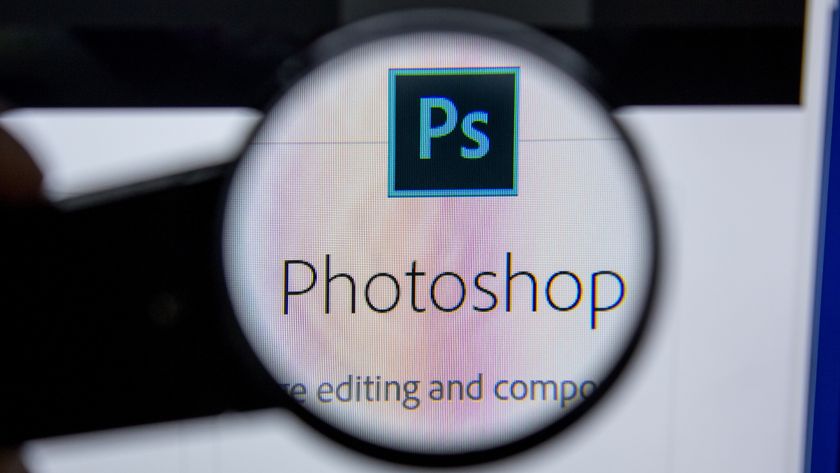
How to make an image background transparent in Photoshop

Netflix's official Devil May Cry trailer features music from my favorite alternative rock band and it's taken me on a serious nostalgia trip
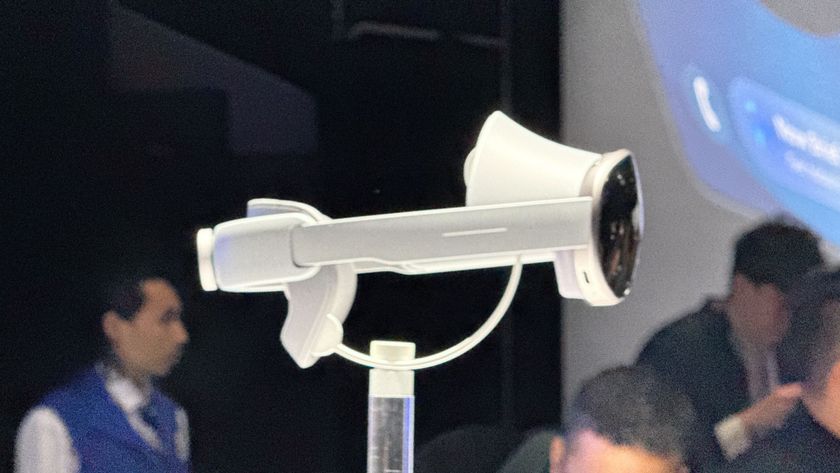
Samsung's Android XR headset could avoid the Apple Vision Pro's biggest mistake, according to this leak
